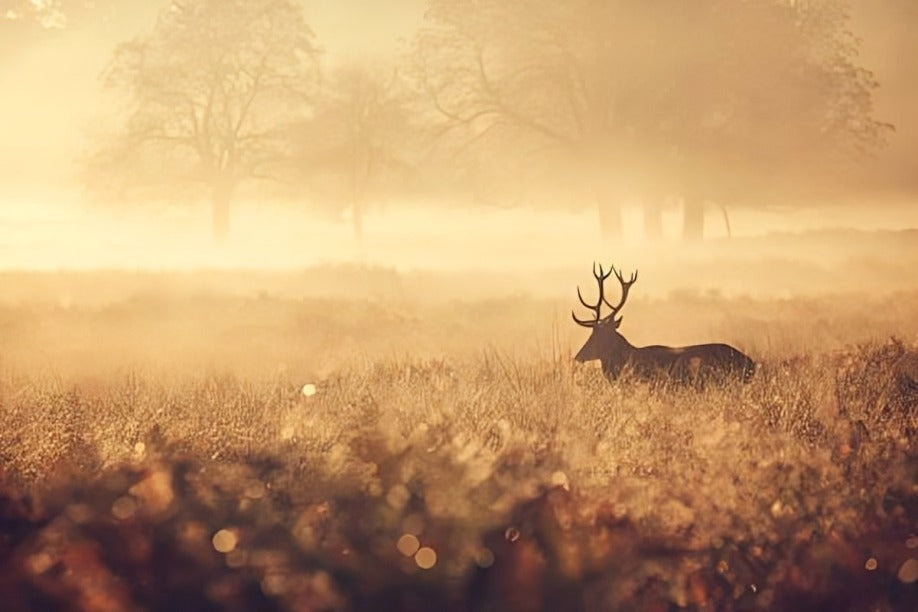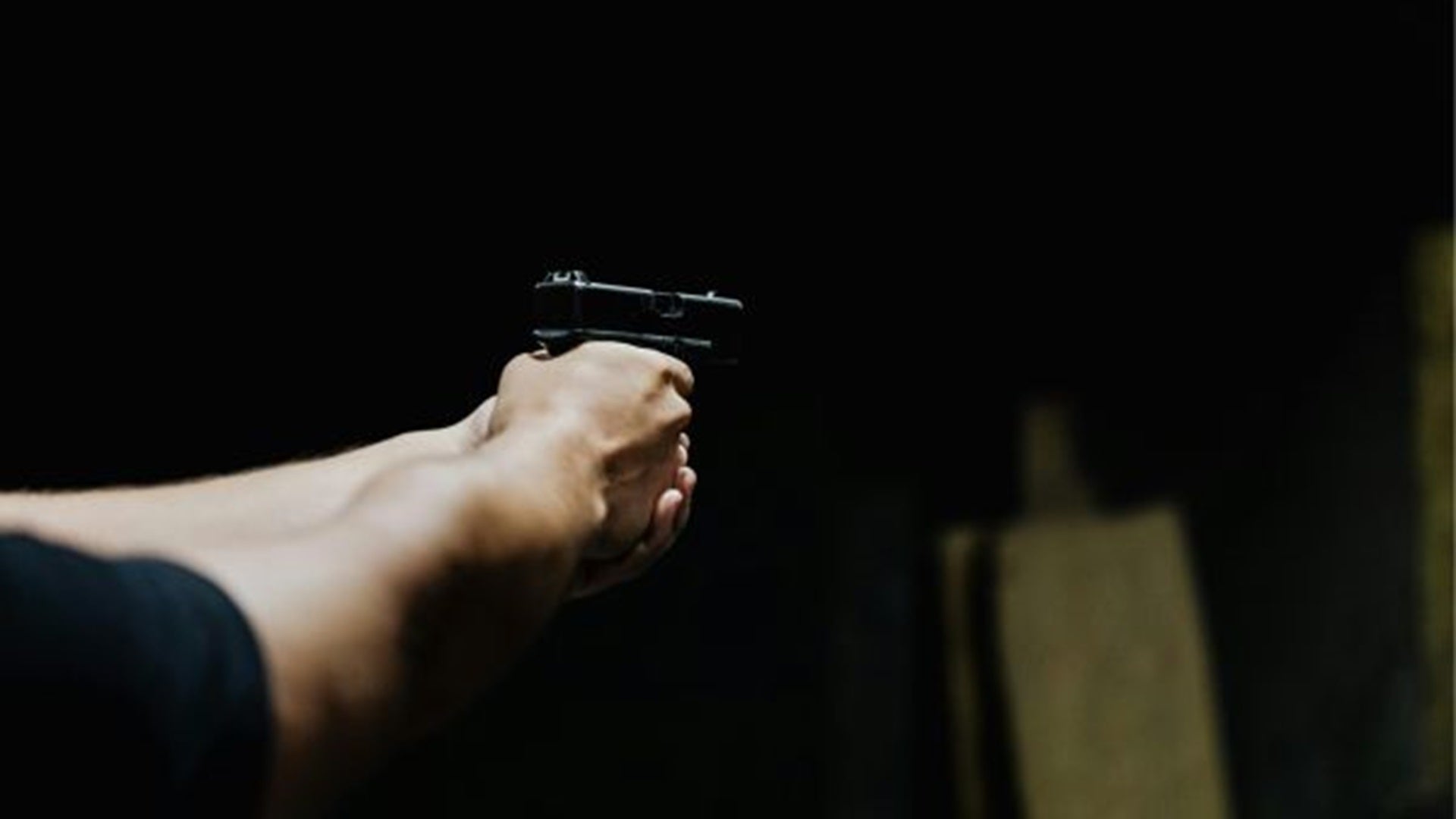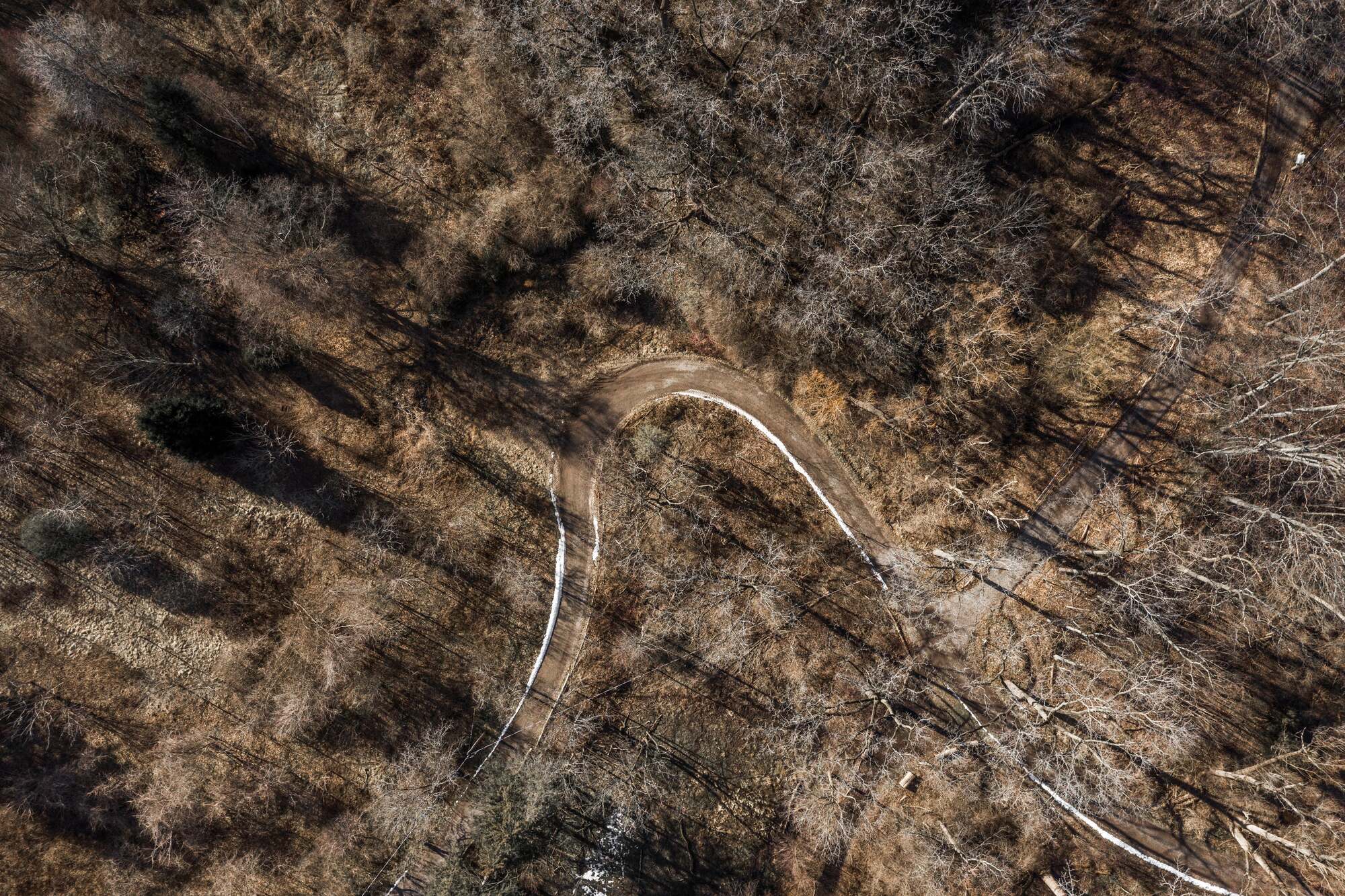Let's start with John Wick. The hero who casually shoots with a one-handed grip on his pistol. Wick uses a bullpup rifle without turning a hair in the Red Circle scene with his signature intense nonchalance. With a touch of movie magic, his grip is made to look cool. But real shooting is an entirely different proposition.
The reality is that if you are looking for control, consistency, and accuracy, learning how to grip a pistol is 101 before moving on to a bullpup rifle.
So before you morph full-on into your avenging-dead-puppy persona, remember that how you grip a pistol affects how you manage recoil, follow-up shots, and sight picture.
How you grip a pistol (from your stance and hand placement to managing recoil) all translate into how well you can shoot with a bullpup rifle. Skip those basics, and no amount of practice with a compact rifle will make your shooting reliable.

Why a Pistol Grip Matters for Shooting a Bullpup Rifle
Let's set aside the impossible nature of shooting one-handed while hanging out from a moving car for a second. This is where a proper pistol grip can help:
- It improves recoil control so your second shot, and all the shots after that, stay bang on target
- Ensures that your sight is aligned during recoil so that you get a better sight picture and speedier reacquisition
- Helps your muscles get less tired since a good stance manages forces and makes your skeletal structure absorb the force
- Sets the foundation to allow you to transition towards rifles, especially with a bullpup rifle, where cheek weld and balance are different from regular rifles
If you are not holding your pistol right, every time you shoot, you will fight the recoil impulse later when you pick up a bullpup rifle. However, once you get the basics right, everything else flows a lot more easily.
What Is a Bullpup Rifle and Why Pistol Fundamentals Transfer?
Understand this: the pistol is the training ground for a bullpup rifle. A bullpup rifle places the action, breech, and magazine behind the trigger instead of in front of it. As a result, the rifle is shorter overall but has a full-length barrel. This allows for muzzle velocity and precision shooting of a regular rifle in a much smaller package.
This matters when shooting in tight quarters (think buildings and vehicles) where the overall maneuverability is a plus.
A bullpup rifle often feels rear-heavy because its balance point and cheek weld are different. This is where the solid fundamentals you learned about how to grip a pistol come to play.
If you have a good grip, your ability to mount and control will improve. It also means better shoulder contact and a more consistent cheek weld while wielding a bullpup. As long as your hand and wrist are properly aligned, you can reduce torque, increasing your ability to recover fast for follow-ups.
Similarly, with a correct base grip and stance, transitions and manipulations (such as reloading, slapping mags, clearing malfunctions) are smoother. Remember, mastering how to grip a pistol isn’t just for sidearms. It’s the first step toward confident bullpup handling.
When to Choose a Bullpup Rifle?
So, what is the purpose of a bullpup rifle, and how do you decide whether it is the gun for you? Here are the best scenarios for that call for a bullpup rifle:
- Home defense: as the bullpup rifle has a shorter overall length, it is easier to move around for close-quarters battle, such as inside rooms through doorways.
- Vehicles: cars, trucks, boats whose smaller size makes it easier to handle.
- Hunting where there is thick cover: if you are going over tight trails with blind spots, the bullpup rifle’s compactness will come in handy.
Storage and transport are easier because it is smaller, while accuracy is the same as that of an average rifle because its barrel length is maintained.
Where to Buy a Bullpup Rifle?
A strong pick would be to practice using Pinty’s 9-pellet .22-cal PCP bullpup. It's a smart starter platform with .22 (5.5 mm) pellet capability that has velocities up to 800 fps. This is useful for small-game hunting and target work. (Perfect for learning what a bullpup air rifle is, a great entry point for beginners).
- A 9-pellet magazine and up to 80 shots per fill from a 280 cc reservoir filled to 3600 psi: fewer reloads, more shooting.
- Pinty’s 9-pellet .22-cal PCP bullpup’s dimensions are pretty compact. It has an 18.1-inch barrel inside a 27.5-inch overall length, keeping handling tight without sacrificing barrel length.
- It comes with a Picatinny rail for optics, a wood-and-metal build, and weighs about 5.3 lb.
- For best performance, Pinty recommends recharging after 50 shots, as velocity consistency drops slightly beyond that point.
While this isn’t a bullpup assault rifle, understanding what a bullpup assault rifle is helps contextualize why compact designs matter, even if you’re starting with airguns.








